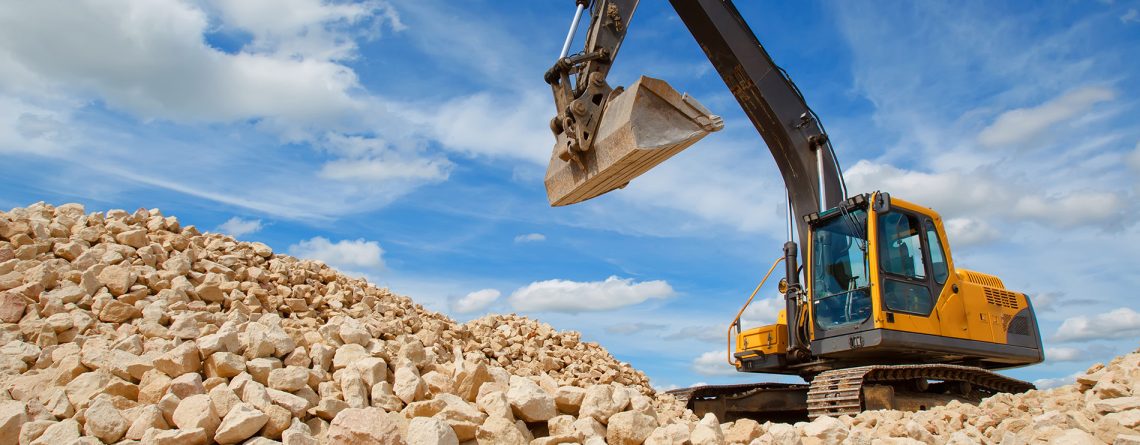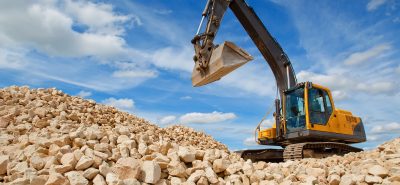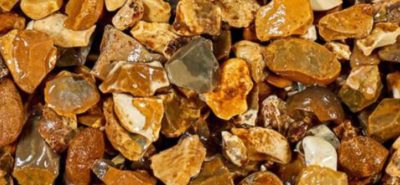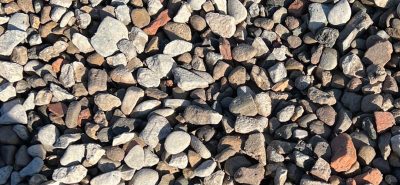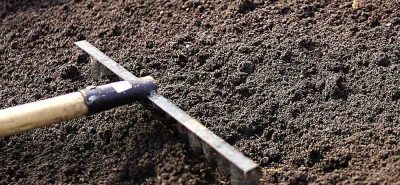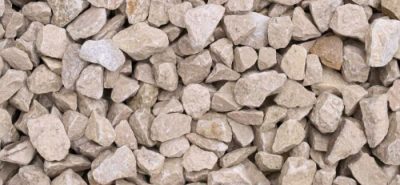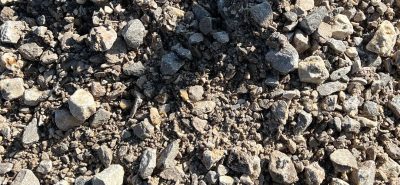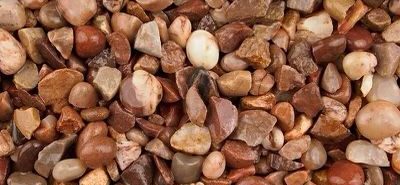The Complete Guide to Crushed Stone and Gravel
What is crushed stone?
By its simplest definition, “crushed stone” is as basic as it sounds: Stone that has been crushed.
Most crushed stone is produced in quarries and is crushed when machinery breaks up and crushes larger rocks. Instead of being shaped or formed naturally, such as in a riverbed, crushed stone is produced with man-made machinery and processes.
What is gravel?
Gravel is similar to crushed stone because it is a type of rock, but gravel is produced naturally. One of the key differences in the look and feel of crushed stone and gravel is the edges of the stone.
Common types of gravel
If you go to a river, you’ll see all types of rocks, both large and small. These larger rocks can be used for foundations or other building projects, but typically gravel is screened, and only the smaller pieces are used.
Pea gravel: Pea gravel is some of the smallest gravel—typically ½” or smaller in size. Pea gravel is often used in places like walkways, paths or other places where foot traffic occurs.
Common types of rock used in construction
When planning your construction project, it’s important to know what kinds of stone and rocks are ideal for specific applications. After all, if a rock type crumbles easily under pressure, you don’t want to use it as a component in or ready-mix concrete or pavement.
Basalt
A rock often used for road pavement or concrete aggregates. They are also used for masonry projects
Limestone
A sedimentary rock that is most used to make crushed stone in the UK. One of the most versatile rocks for construction, limestone is able to be crushed easily making it a primary rock used in ready-mix concrete, road construction, and railroads.
Sandstone
A sedimentary rock used primarily for concrete and masonry work. It is unsuitable for use as a building stone because of its sediment composition.
Labeling crushed stone used in construction
Stone dust: this is very fine dust, similar to sand, that is created as the stone is crushed. Stone dust is useful when tamping or packing stone, but it causes problems for applications where water needs to drain, such as behind a retaining wall.
Crushed stone: The term “crushed stone” usually refers to stone that has a mixture of stone dust in it. This type of stone is best used for a base when heavy compaction is needed. As a result, it is typically used for the base of concrete and paving projects, foundations of structures and driveway bases.
Stone and Aggregate Suppliers in Wigan
We provide aggregates, stone, gravel, limestone, mot sub base and decorative stone by ton bags and tipper loads delivered to Wigan, Standish, Leigh and surrounding areas of Wigan.
Contact Wigan Aggregates today.


